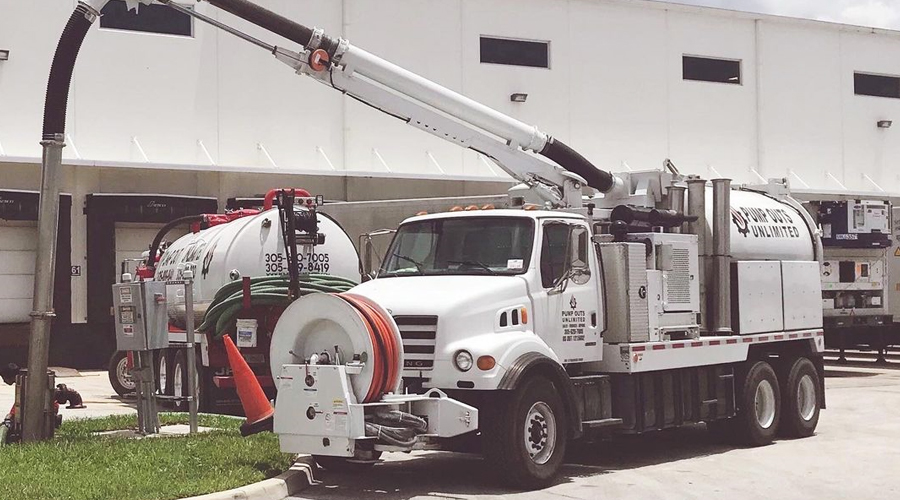Storm Water Drainage System in Miami

Storm Drain Services in Miami
The storm drainage system helps prevent floods by diverting rainwater into nearby waterways. During rainstorms, water runs off of buildings, roads, and other hard surfaces, picking up trash and pollutants along the way. This pollution can include litter, oil and other vehicle fluids, and any other chemicals that are on the ground. As industrial, commercial and residential development increases, dirty storm-water has become a major pollutant to the environment. Storm-water is often carried through drainage pipes to outfalls and then, into large bodies of water. This water is often not filtered or treated before being discharged, causing it to easily contaminate our canals, rivers, lakes, Biscayne Bay and eventually the Atlantic Ocean. The drains in your house are part of a different system, the wastewater system. Dirty water from inside your home flows into underground pipes that are connected to a wastewater treatment plant. The water from your home is cleaned before it is released back into creeks and streams.
There are three main types of storm-water pollution:
- Litter: cans, paper and plastic bags, and very commonly, cigarette butts.
- Chemicals: detergents, automotive fluids, and fertilizers.
- Organic waste: leaves, lawn and garden clippings, and animal excrement.
